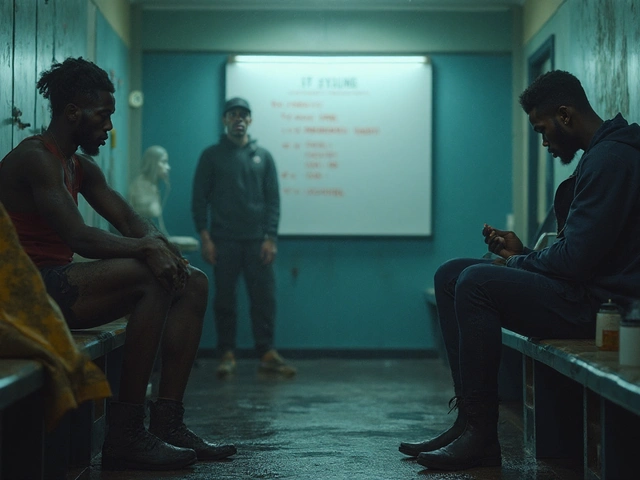Meditation: Easy, Practical Steps to Feel Calmer Today
Want to feel less stressed but don’t know where to start? Meditation isn’t mystical. It’s a set of small habits that train your attention. You don’t need hours, a special room, or perfect silence. You just need a few clear tools you can use right now.
How to Start — 5 Simple Steps
1) Pick one short window. Try 5 minutes first. Set a timer so you don’t watch the clock.
2) Find a comfortable seat. Sit on a chair or the floor. Keep your back straight but relaxed.
3) Focus on one anchor. Most people use the breath. Notice the in-breath and the out-breath. Don’t force it.
4) Label distractions. When your mind wanders, note “thinking” or “feeling” and bring attention back to the breath. No judgment.
5) Finish gently. Open your eyes, take a clear breath, and notice one thing that feels different.
These steps are simple but they work. Repeat them daily and you’ll build real momentum.
Quick Practices You Can Use Today
Body scan (5 minutes): Close your eyes. Move attention slowly from toes to head. Pause where you feel tightness and breathe into it. This relaxes the nervous system and helps with sleep.
Box breathing (2–3 minutes): Inhale 4, hold 4, exhale 4, hold 4. This resets your nerves and clears foggy thinking—useful before meetings or tough conversations.
Micro-mindfulness (30 seconds): While washing dishes or waiting for coffee, name three sensations—temperature, sound, motion. It pulls you out of autopilot and lowers stress right away.
Walking meditation (5–10 minutes): Walk slowly and match each step to your breath. This works well if sitting still feels hard. Great for clearing anxiety and boosting focus.
Combine tools: Short meditation plus a calming scent or gentle massage can be powerful. For example, a 3-minute breath practice followed by a few shoulder rolls eases tension fast.
Meditation also pairs well with tech like heart-rate biofeedback or guided apps when you’re beginning. Biofeedback helps you see real changes—your heart rate or breathing—so practice feels more concrete. Guided sessions can teach form and keep you consistent until you feel confident meditating solo.
Common roadblocks: You’ll think you’re “doing it wrong” or that your mind is too busy. That’s normal. The goal is not an empty mind. It’s to notice and return. If sitting long feels impossible, use short bursts and build up.
Want a practical next step? Try 5 minutes every morning for a week. Keep it simple, track how you feel, and tweak the anchor that fits you best. If you want techniques for stress, sleep, or better focus, look through short guides on calmness, breathing, and mindfulness—those tools work together and make meditation easier.
Small, consistent steps beat rare marathon sessions. Start tiny, be kind to yourself, and you’ll notice the benefits faster than you expect.
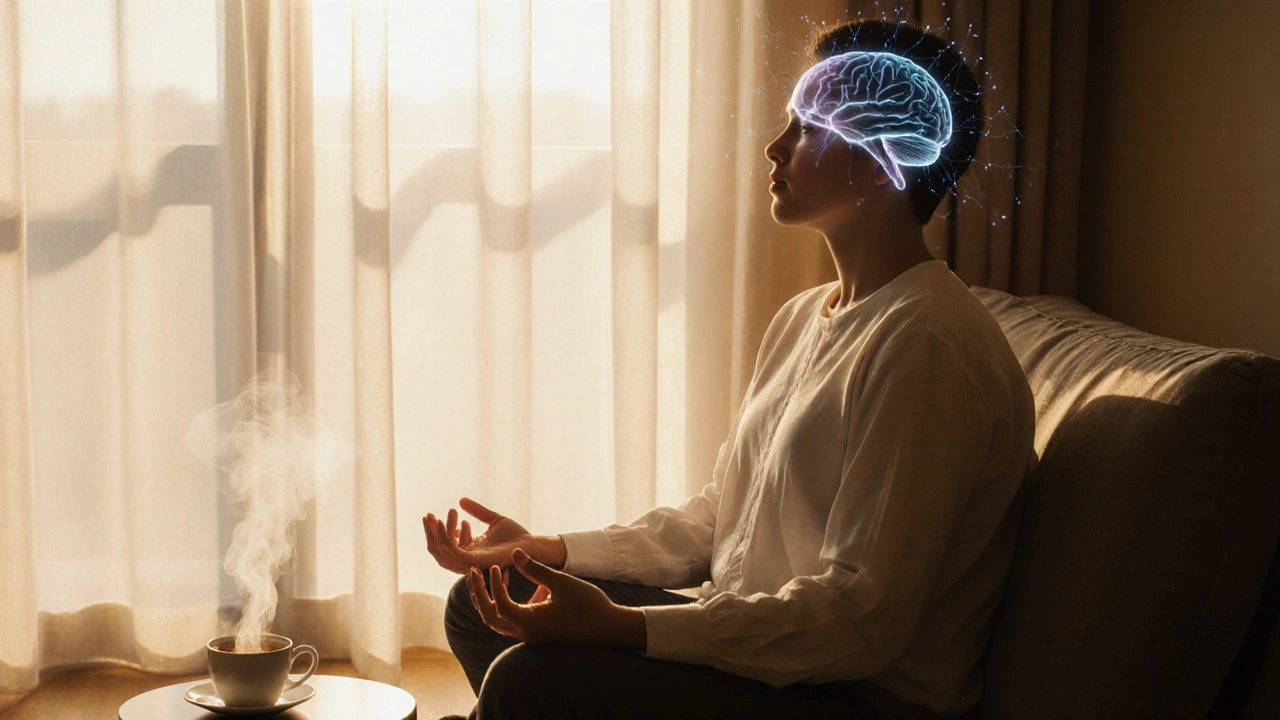
How Meditation Improves Memory, Focus, and Brain Power
Meditation boosts memory, focus, and decision-making by physically changing your brain. Just 10 minutes a day can reduce mental clutter and improve cognitive performance-backed by neuroscience.

Meditation and Mindfulness: How They're Linked and Why It Matters
This article dives into how meditation and mindfulness connect, breaking down what sets them apart and where they overlap. Get clear, practical advice on starting a meditation practice and how it can boost mindfulness in everyday life. Find out what happens in your brain when you meditate and why tiny moments of awareness can reset your mood. Packed with tips and real-life examples, this guide shows you how to keep both meditation and mindfulness simple, realistic, and actually helpful. Anyone looking to stress less or focus more will find useful ideas here.
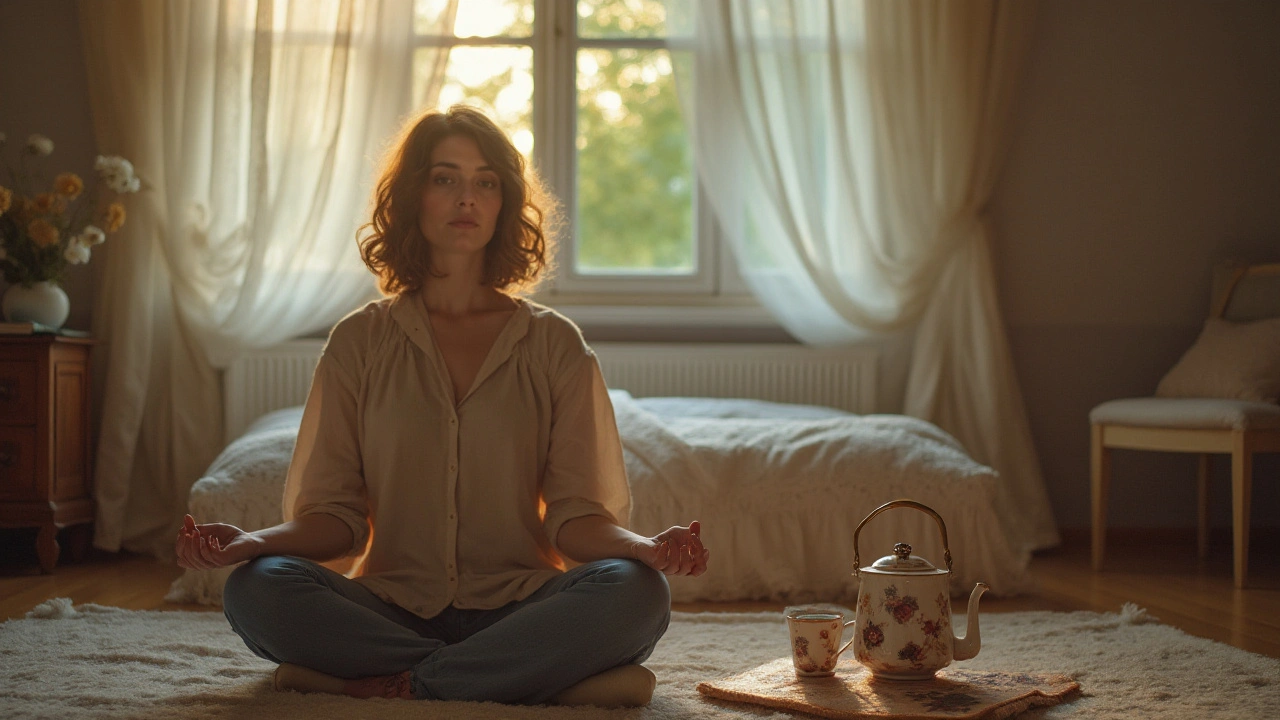
How Meditation Techniques Boost Your Sleep Quality
Meditation has long been heralded for its myriad benefits, with improving sleep quality emerging as a standout advantage. This practice can train your brain to embrace relaxation more naturally, which can significantly ease the process of falling asleep. By dedicating a few moments each day to meditation, you might find yourself drifting off into dreamland with newfound ease. Beyond its calming effects, meditation enhances your ability to maintain a sound, uninterrupted sleep cycle. Delve into various meditation techniques and how they can enhance your nightly rest.
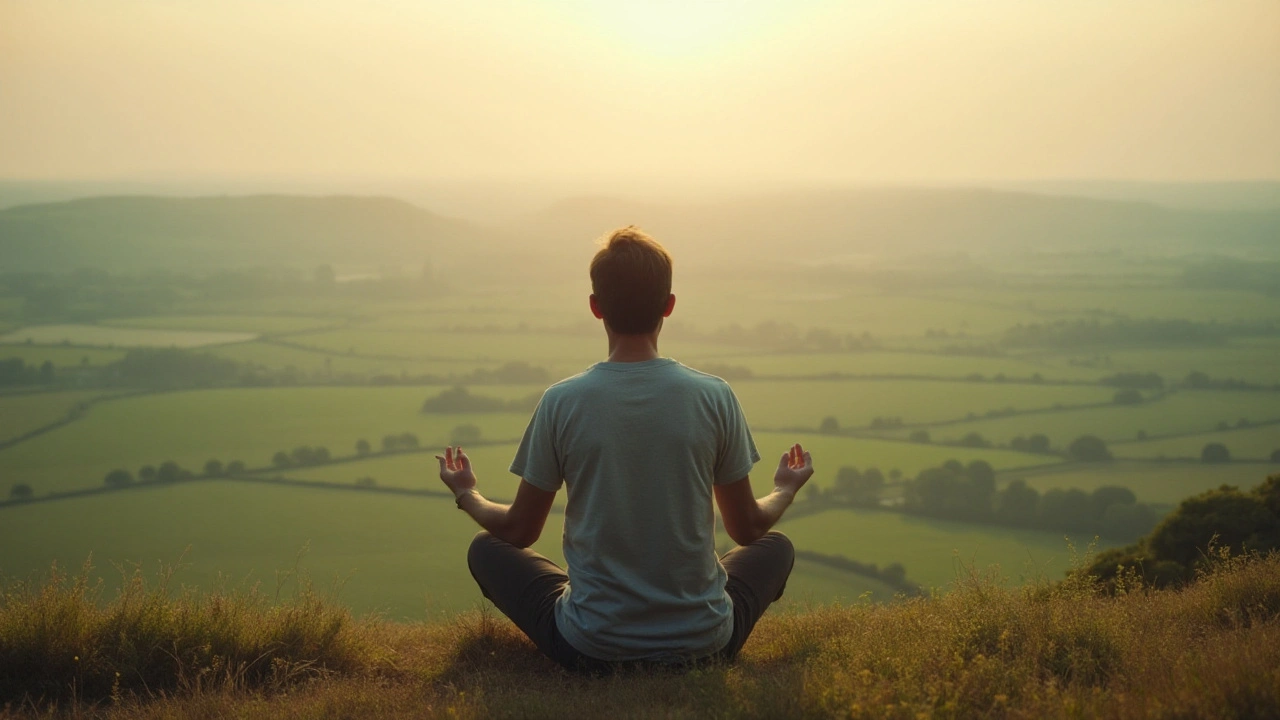
Meditation's Role in Boosting Emotional Well-being
Meditation has gained recognition as a powerful tool for enhancing emotional health. The practice of meditation helps individuals manage stress, improve mental clarity, and foster a more positive outlook on life. By engaging in mindful meditation, people can develop a deeper understanding of their emotions and learn to respond to life's challenges with greater calm and resilience. This article delves into the transformative connection between meditation and emotional well-being, offering insights and tips for incorporating meditation into daily routines.

Discover the Magic of Relaxation Techniques for Stress Relief
Relaxation techniques are essential for stress relief and enhancing overall well-being. By delving into various methods like mindfulness and meditation, individuals can find what suits them best. These techniques not only reduce stress but also improve mental clarity and physical health. Understanding different approaches can empower one to lead a more serene and balanced life. This article explores effective ways to incorporate relaxation techniques into daily routines.

Mindfulness for Beginners: Getting Started with Ease
Delve into the world of mindfulness with this comprehensive guide tailored for beginners. Learn the basics of mindfulness, discover effective practices to integrate into your daily life, and explore tips to stay consistent on your journey to inner peace and reduced stress.
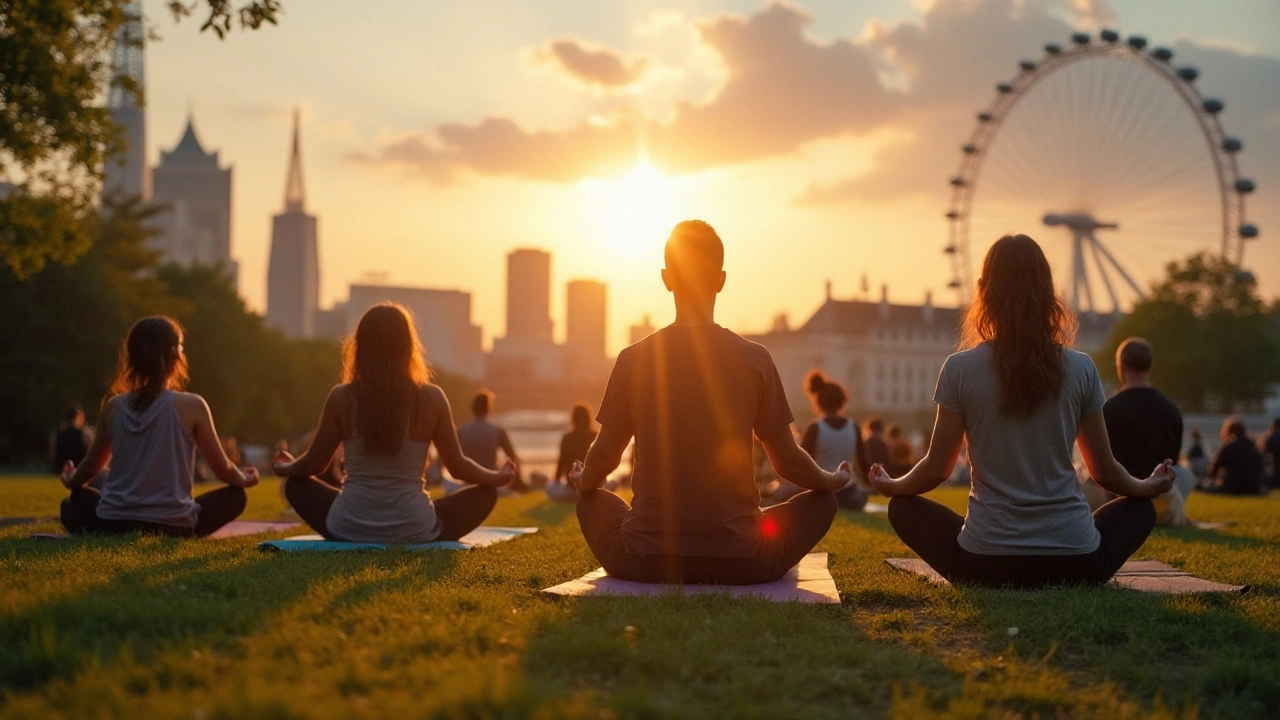
Essential Guide to Meditation in Today's Hectic World
In our fast-paced modern world, meditation is becoming more essential than ever. This article explores the importance of meditation, its numerous benefits, and practical tips to incorporate it into daily life. Discover how this ancient practice can significantly improve mental health and help manage stress effectively.

Mastering Mindfulness: Your Ultimate Beginner's Guide
Discover the fundamentals of mindfulness and how it can improve your daily life. This guide offers practical tips and techniques to help beginners start their journey toward greater mental clarity and emotional well-being. Learn how simple practices can reduce stress and enhance your overall health.

Unlocking Happiness Through Mindfulness: Effective Strategies & Benefits
Unlocking happiness is a journey that often begins within, and mindfulness is the key that opens this door. This article delves into the essence of mindfulness, its benefits for mental health, and provides practical strategies for incorporating it into daily life. Through exploring the role of mindfulness in enhancing overall well-being, readers will gain insights into the science behind mindfulness, hear stories of personal transformation, and learn techniques to start their own practice. This comprehensive guide aims to be an invaluable resource for anyone seeking to foster a deeper sense of joy and contentment in their life.

Meditation: An Essential Tool for Mental Wellness
Hey, it's me again, and this time let's delve deeper into how meditation can be a vital tool in fostering mental wellness. My post focuses on understanding how this age-old practice can help manage stress, promote inner peace, and enhance self-awareness. Moreover, it demonstrates easy and practical ways of incorporating meditation in our increasingly busy lives. So, join me on this journey of self-discovery and mental wellbeing through a meditation practice.

Polarity Therapy: Unlocking Natural Healing
Jun, 20 2025



